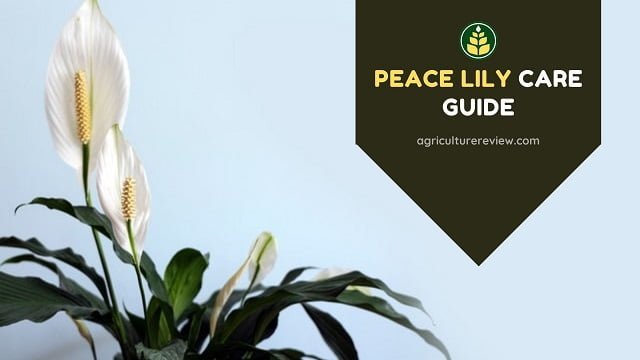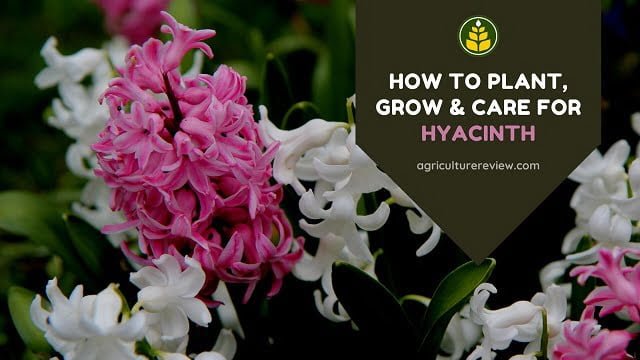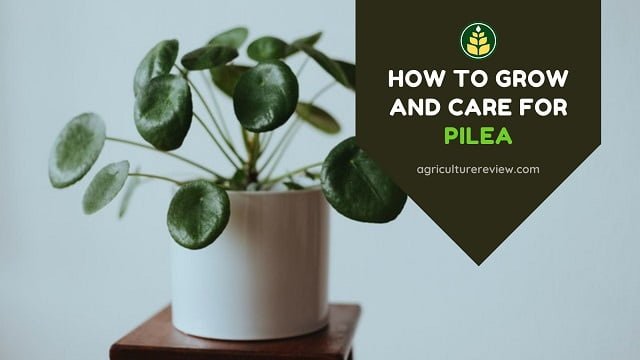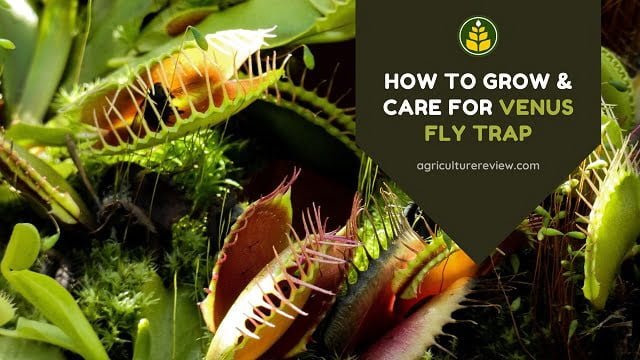This ultimate guide on bleeding heart vine care will help you you to grow and care bleeding heart plant in your garden. Moreover, learn to get heavy bloom in your bleeding heart vine plant.
Table of Contents
Introduction
Bleeding heart vine is a herbaceous, perennial flowering plant in the poppy family. Gardeners also call this plant as Asian bleeding heart, Bag flower, Glory bower, Lady in a bath etc. This flowering plant is native to Siberia, Korea, Japan, and Northern China.
The botanical name of bleeding heart vine is Clerodendrum thomsoniae. It is named to honour the 19th Century head of Calcutta Botanical Garden ‘Thomas Thompson.’
Gardeners as well as florists love this plant for its heart shaped pink, red and white flowers. They continue to bloom during spring to summer season. Moreover they also attracts pollinators such as butterflies in the garden.
Hence it is a great choice for urban gardens where natural pollinators are seen rarely. In tropical regions this flowering plant can grow up to 15 feet tall and vines can spread up to 4 to 5 feet wide. You can grow bleeding heart in ground soil as well as in pots.
Let’s now learn more about growing and caring for bleeding heart vine.
Bleeding Heart Vine Care Guide

Growing Season
Bleeding heart vine is a tropical plant. Hence you can easily grow them in tropical regions. USDA plant hardiness zones 9, 10, and 11 is ideal for growing bleeding heart.
The plant blooms throughout spring and summer but goes dormant during harsh winters. Dormancy during winter is necessary to maintain plant vigour.
You can propagate bleeding heart vine from cuttings during spring or late summer season.
Potting Mix
Bleeding heart vine loves well drained, moist soil that is rich in organic matter. Slightly acidic soil is best for growing and caring for bleeding heart vine.
If you have sandy loam soil then you can start growing this flowering plant just by adding organic compost in the soil.
But in case you have poorly drained soil then you will need to prepare ideal potting mix. Prepare potting mix with 40% garden soil + 20% river sand + 40% organic compost. You can also add one table spoon bone meal and two handful of neem cake fertilizer.
Selection Of Pot
Medium to large sized pot is ideal for growing bleeding heart vine. But make sure that your pot has at least 2 to 4 drainage holes. Earthen or terracotta pot is good for growing this plant.
Sunlight
Bleeding heart vine can survive can grow well under partial shade sunlight. Make sure that your plant receives at least 5 to 6 hours of bright indirect sunlight. Getting enough sunlight will ensure good growth of the pant.
Watering
Bleeding heart vine loves moist soil to grow. Apply water in the soil when top layer of soil seems dry. Make sure to avoid waterlogging condition in the pot. Soggy soil can affect the root of the plant.
Fertilizers
Bleeding heart is not a heavy feeder. Hence adding less amount of fertilizers will also give good results. Add one to two handful of any organic compost like vermicompost once after every 30 days.
During flowering season you can also add banana peel or onion peel fertilizers once after every 20 days. Avoid adding fertilizers during winters as plant goes under dormancy.
Pests & Diseases
Bleeding heart vine can get affected from aphids, slugs, or snails. You can control aphids by spraying neem oil mix during evenings. For slugs and snails spraying diluted salt water solution works very well.
Author’s Note
I guess you are now clear on growing and caring for bleeding heart vine. If you have any ideas, suggestions, or queries then you can comment below. You can also connect with Agriculture Review on Facebook, Instagram, and Koo.





